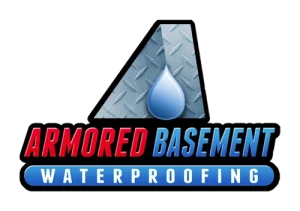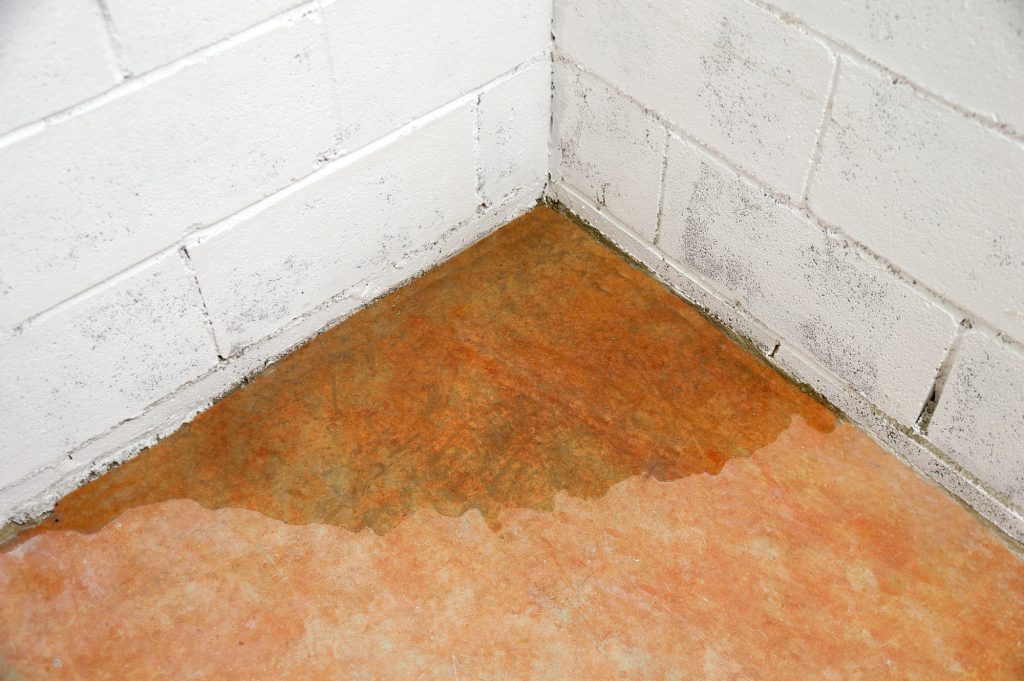If your basement is prone to moisture you are far from alone. According to insurance industry research, 98% of basements will have some sort of water damage. That means almost all basement owners suffer this avoidable problem.
Do you have a damp basement? Read on to learn about the main causes behind basement moisture and what you can do about it.
Signs of a Moisture Problem
How do you know if you have a moisture problem in your basement? Some of the signs are obvious while others are less so.
You’ll know you have a problem if you can see water coming out of the walls. The trickle of water is a sure sign of a problem. Any pools of water on the floor of your basement or saturated walls especially at the base are a similarly obvious sign of a moisture problem.
Less obvious signs of moisture are stains or blistering on your basement walls. Any rot on wood, carpet or joists also indicates moisture. A fine coat of water condensing on cold materials in your basement also suggests a problem.
Use all your senses. If you can feel or smell damp, mold or mildew there must be moisture in your basement.
Sources of Basement Moisture
Moisture in your basement can come from several sources. Some sources are internal and others external to your building.
Rainwater or groundwater from outside your building can find its way into your basement. This may be a result of high rainfall, flooding or snowmelt. It could also be from another water source such as an underground stream or spring.
Interior water sources include damaged plumbing. The air in your basement can be made humid by electrical appliances such as dryers, humidifiers, and cookers. New concrete and plaster can also release moisture into the air as it dries.
If the air outside is humid and warm, it can cause condensation inside your basement on walls and floor. When the warm air comes into contact with cold surfaces, the moisture in the warm air condenses on the cold surface. Ironically, an attempt to ventilate your basement can then result in damp problems.
Understanding the sources of basement moisture helps to solve these damp basement problems.
Water Leak
A water leak might not result in large quantities of water in your basement. Leaks in plumbing can be very minor with hairline cracks releasing a continuous small amount of water. Other more obvious burst pipes can produce a large amount of water immediately.
Check the source of any water or damp. If it is located near the water supply to a shower, washing machine, toilet, sink or dishwasher, check for leaks at the connection to the appliance. If the leak is in the ceiling or wall, check whether there is a pipe in the area.
Resolving this problem is simple. Repair the leak yourself or have a plumber repair it for you. Once the repair is completed the moisture will dry up and your problem is solved.
Poor Grading
Grading around your house encourages rainwater to flow away from your house. Poor grading may allow rainwater to pool around your house. Worse still it can encourage it to flow towards your house.
When water soaks into the ground around your house it can soak into your foundations and penetrate your basement. This causes moisture to accumulate in your basement. Check the flow of rainwater around your house and look for telltale signs like pools of water or slopes towards your house.
The solution is to adjust the grading. Create a slope away from your house with a grading of one inch per foot. A slope of about 6 feet will take water away from your house and its foundations.
Foundation Problems
Damaged foundations can result in damp in your basement. Cracks attract water. Cracks can even be caused by water and frost.
Resolving drainage problems can help prevent the water from entering your foundations through cracks. Repairing cracks in your foundation is a major construction job but it may be necessary if you are going to solve the damp problem permanently.
Straps and anchor bolts may be necessary to hold your foundations together. Cracks can be filled by professionals and may be necessary to prevent the serious undermining of the structure of your house.
Subsurface Drainage Problems
Some basements may not have suitable drainage installed to prevent moisture from entering from the subsurface. The basement may not have been intended to be habitable when the house was built. In this case, a drainage system may not have been deemed necessary.
It is possible to retrofit drainage but it is a major construction job. The basement floor can be dug up and have drainage fitted. This is likely to include a pump to remove water.
Some houses may have a subsurface drainage system but it may be failing. Clearing a blocked pipe or fixing a sump pump may be all that is needed to fix the problem.
Gutter and Downpipe Problems
Gutters and downpipes have a specific purpose. They are there to redirect rainwater that would otherwise soak into the foundations of your house. If they are broken, not maintained, badly fitted or non-existent your foundations can be damaged by rainwater and cause problems such as foundation moisture.
Regular maintenance and cleaning of your gutters and downpipes can prevent many problems from developing. You may need extra gutters if you don’t have sufficient to prevent rainwater from your roof from reaching the ground. Check that all downspouts direct water away from your foundations to drains or soak away safely.
Condensation
Condensation is caused when warm moist air comes into contact with cold surfaces like your basement walls.
Check that any dryer is properly vented to the outside. Fit and use exhaust fans for showers and cookers.
Air circulation can be improved with air conditioning, fans, and vents. Increase the temperature of the walls with better insulation so there are fewer cold surfaces for water to condense. Use a dehumidifier to reduce the moisture in the air.
Damp Basement Solutions
There are solutions to your basement moisture problems. Diagnosing the cause is a good place to start. A dry basement can be additional storage space or even more space for living.
Schedule a free inspection of your basement here.

